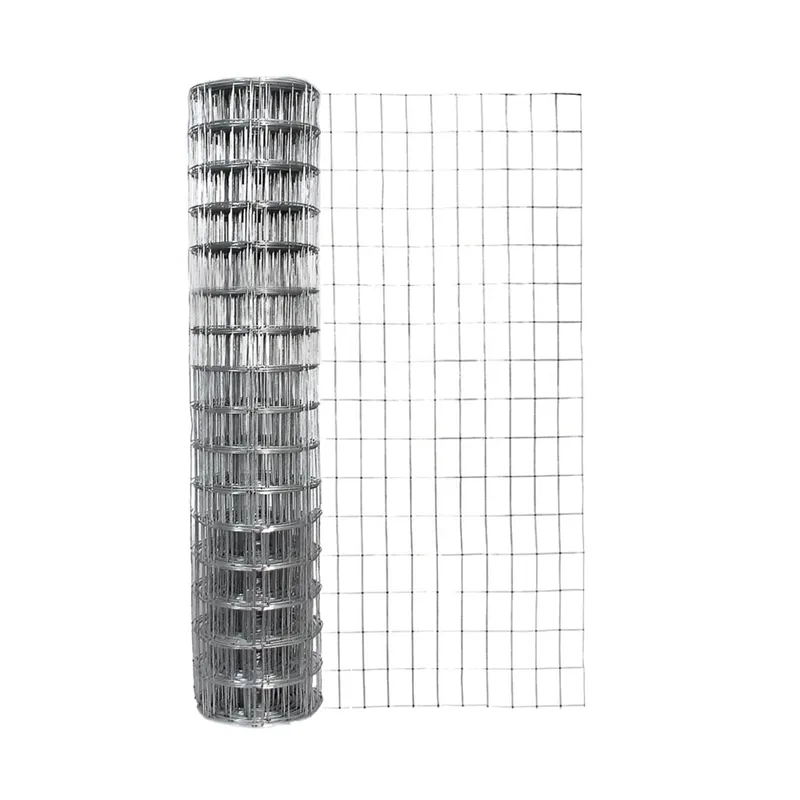Choosing the Right Nails for Asphalt Shingle Roofing Projects
Okt . 22, 2024 03:26
Understanding Roofing Nails for Asphalt Shingles
When it comes to roofing, particularly with asphalt shingles, choosing the right material is crucial for ensuring durability, longevity, and effectiveness in protecting a building. Among the various components of a roofing system, roofing nails play a critical role. This article will explore the importance of roofing nails for asphalt shingles, their types, specifications, and best practices for installation.
Importance of Roofing Nails
Roofing nails are specifically designed to attach shingles to the underlying roof deck. They are essential in preventing water infiltration, securing the shingles against wind uplift, and ensuring that the roofing system withstands various environmental elements. Proper installation of roofing nails significantly contributes to the overall longevity of the roof.
Using inadequate nails or improper installation techniques can lead to leaks, shingle damage, and ultimately costly repairs. Therefore, selecting the right type of roofing nails is paramount for any roofing project.
Types of Roofing Nails
There are several types of roofing nails suitable for asphalt shingles, each offering different features and advantages
1. Steel Roofing Nails These are the most common type of nails used for asphalt shingles. They typically have a galvanized finish to resist rust and corrosion, making them suitable for outdoor use. Steel nails are strong and can hold the shingles in place effectively.
2. Aluminum Roofing Nails Lighter than steel nails, aluminum nails are also resistant to rust and corrosion. They are often used in coastal regions where salt exposure can accelerate the rusting process of steel nails. However, they are generally less durable compared to steel.
3. Plastic Cap Nails This type of nail features a plastic cap that increases the surface area that secures the shingle, minimizing the risk of water infiltration. They are particularly useful in low-slope roofing applications, where water drainage might not be as effective.
4. Ring Shank Nails These nails have rings or ridges along their shaft, providing enhanced holding power. They are less likely to pull out under stress, making them ideal for areas prone to high winds.
5. Smooth Shank Nails Though these nails are easier to drive, they have less holding power compared to ring shank nails. They are often used in less demanding environments.
roofing nails for asphalt shingles

Specifications for Roofing Nails
When choosing roofing nails for asphalt shingles, several specifications should be considered
- Length The length of the roofing nail plays a crucial role in determining how effectively it can secure the shingle to the roof deck. Typically, nails should be at least 1.25 to 2 inches long for standard asphalt shingles, depending on the thickness of the shingles and the type of roof deck.
- Diameter The diameter of the nail influences its holding power. A thicker nail can provide better support, but it also needs to be compatible with the roofing material being used.
- Head Size The head of the nail should be wide enough to hold the shingle securely in place without tearing through the material. A standard size is usually about 3/8 inches in diameter for roofing applications.
Best Practices for Installation
1. Placement Roofing nails should be placed according to the manufacturer's specifications, typically located just above the adhesive strip on the shingles. This ensures optimal sealing and coverage.
2. Nail Quantity It’s recommended to use at least four nails per shingle, spaced evenly to prevent wind uplift and ensure each shingle is adequately secured.
3. Avoiding Overdriving Nailing too deeply can damage the shingle and compromise its weatherproof integrity. Nailing should be done firmly yet carefully to leave the shingle materials intact.
4. Regular Inspection After installation, it’s beneficial to inspect the roof periodically for any loose shingles or exposed nails, which could lead to potential roofing issues.
Conclusion
Choosing the right roofing nails for asphalt shingles is an essential part of ensuring the longevity and effectiveness of a roofing system. By understanding the various types available, their specifications, and the best practices for installation, homeowners and contractors alike can achieve a durable, secure roof that stands the test of time. Proper nail selection and installation not only protect the roofing investment but also enhance the structural integrity of the entire building.




















